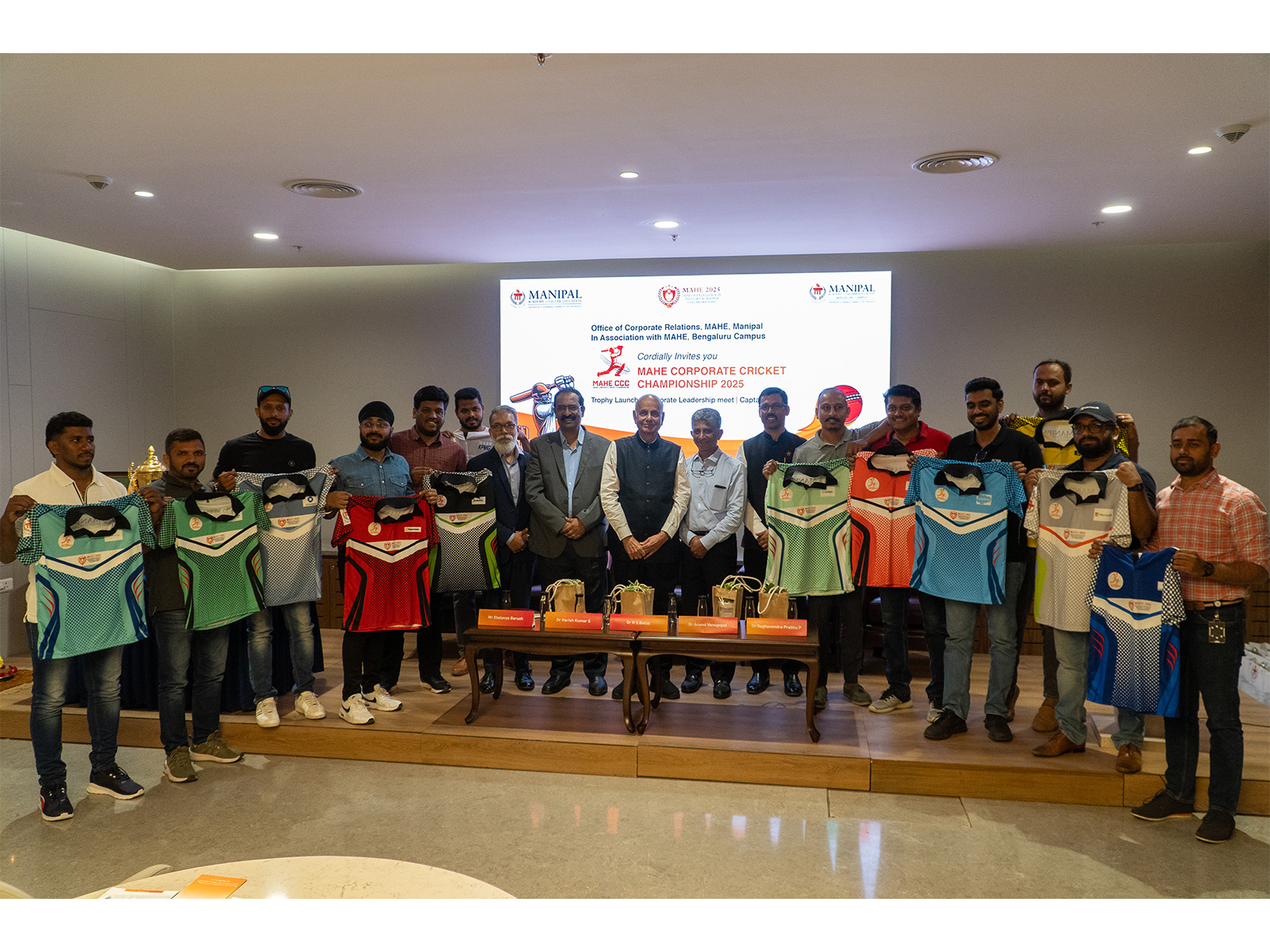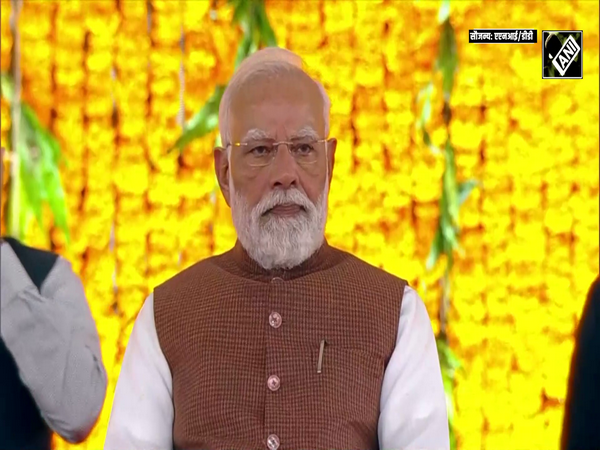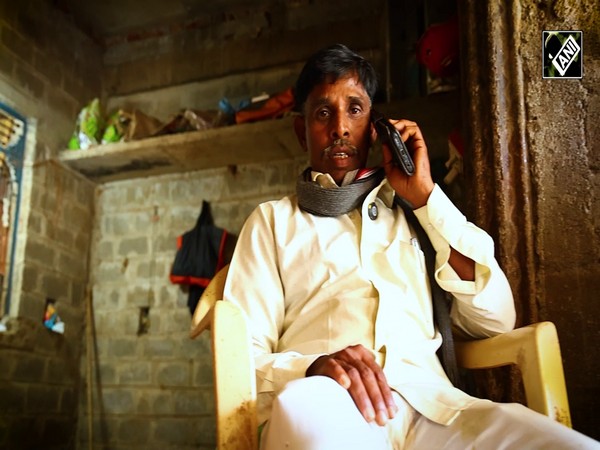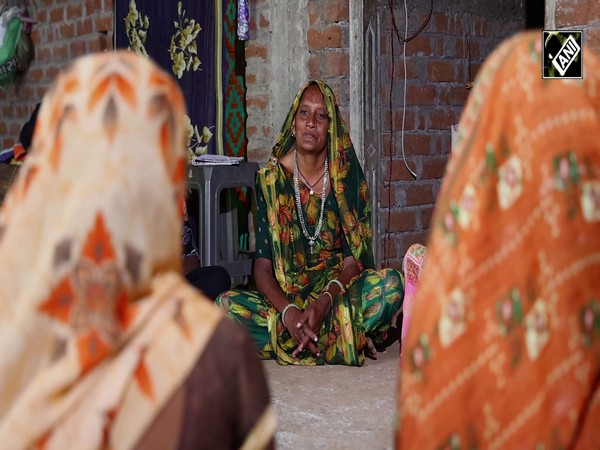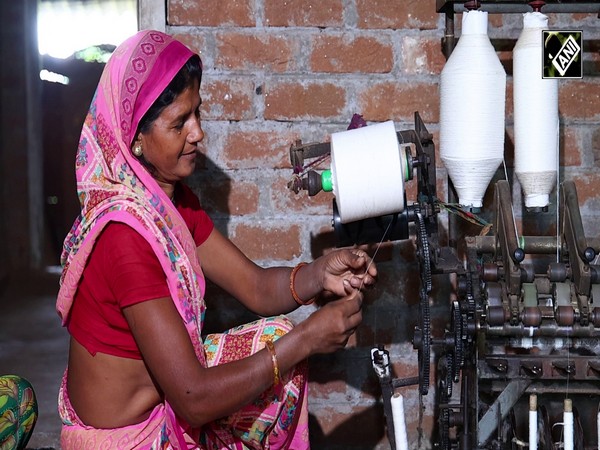What we now know about how you can catch COVID-19: Crowded events, ill- ventilated areas, places where people talk loudly
Jun 22, 2020

Washington DC [US], June 22 : Crowded events, poorly ventilated areas and places where people are talking loudly- or singing, in one famous case - maximize the risk of contracting Covid-19 disease, according to growing consensus about the central question: How does one get infected.
With the sudden fresh cases of coronavirus being reported in China, studies on the nature of the virus has increased to determine the exact cause of its contamination.
The Wall Street Journal has reported that the health agencies have so far identified respiratory-droplet contact as the major mode of Covid-19 transmission. These large fluid droplets can transfer virus from one person to another if they land on the eyes, nose or mouth. But they tend to fall to the ground or on other surfaces pretty quickly.
According to some researchers, the new coronavirus can also be transmitted through aerosols, or minuscule droplets that float in the air longer than large droplets. These aerosols can be directly inhaled.
To prevent the fast spread of the virus sufficient ventilation in the places people visit and work is very important, said Yuguo Li, one of the authors and an engineering professor at the University of Hong Kong.
Meanwhile, prolonged exposure of an infected person, that is 15 minutes or more, with someone less than 6 feet away can also up the number of infected people, said John Brooks, the Centers for Disease Control and Prevention's chief medical officer for the COVID-19 response. However, he added, it is only a rule of thumb. It could take much less time with a sneeze in the face or other intimate contact where a lot of respiratory droplets are emitted, he said.
The so-called attack rate--the percentage of people who were infected in a specific place or time--can be very high in crowded events, homes and other spaces where lots of people are in close, prolonged contact.
An estimated 10 per cent of people with COVID-19 are responsible for about 80 per cent of transmissions, according to a study published recently in Wellcome Open Research. According to Jamie Lloyd-Smith, a University of California, Los Angeles professor studying the ecology of infectious diseases, some people with the virus may have a higher viral load, or produce more droplets when they breathe or speak, or be in a confined space with many people and bad ventilation when they're at their most infectious point in their illness.
Scott Dowell, a deputy director overseeing the Bill & Melinda Gates Foundation's COVID-19 response, was quoted as saying that overall, "the risk of a given infected person transmitting to people is pretty low...For every superspreading event you have a lot of times when nobody gets infected."
According to several studies, the attack rate for COVID-19 in households ranges between 4.6 per cent and 19.3 per cent. It was higher for spouses, at 27.8 per cent, than for other household members, at 17.3 per cent, in a study in China.
While no one knows for sure how much virus it takes for someone to become infected, but recent studies offer some clues. In one small study published in the journal Nature, researchers were unable to culture live coronavirus if a patient's throat swab or milliliter of sputum contained less than one million copies of viral RNA.
"Based on our experiment, I would assume that something above that number would be required for infectivity," said Clemens Wendtner, one of the study's lead authors and head of the department of infectious diseases and tropical medicine at Munchen Klinik Schwabing, a teaching hospital at the Ludwig Maximilian University of Munich.
He and his colleagues found samples from contagious patients with virus levels up to 1,000 times that, which could help explain why the virus is so infectious in the right conditions. They said that it may take much lower levels of virus than what's found in a sick patient to infect someone else.
In recent months the imposition of lockdown helped countries in lowering their number of cases, however, it is not a long term solution, say scientists.
Being outside is generally safer, experts say, because viral particles dilute more quickly. But small and large droplets pose a risk even outdoors, when people are in close, prolonged contact, said Linsey Marr, a Virginia Tech environmental engineering professor who studies airborne transmission of viruses.
The Wall Street Journal quoted Tom Frieden, chief executive of Resolve to Save Lives, a nonprofit public-health initiative, as saying, "We should not be thinking of a lockdown, but of ways to increase physical distance. This can include allowing outside activities, allowing walking or cycling to an office with people all physically distant, curbside pickup from stores, and other innovative methods that can facilitate resumption of economic activity without a rekindling of the outbreak."
According to him, widespread testing, contact tracing and isolation of infected or exposed people are the ways to limit the corona cases.








